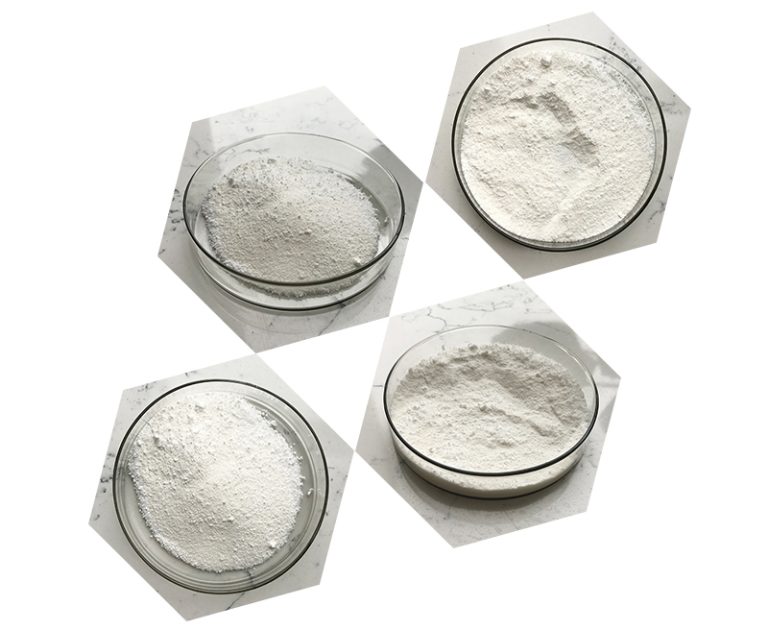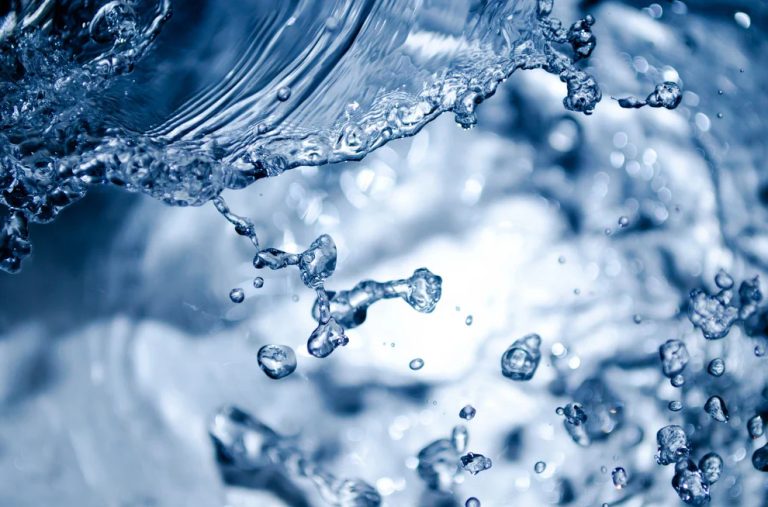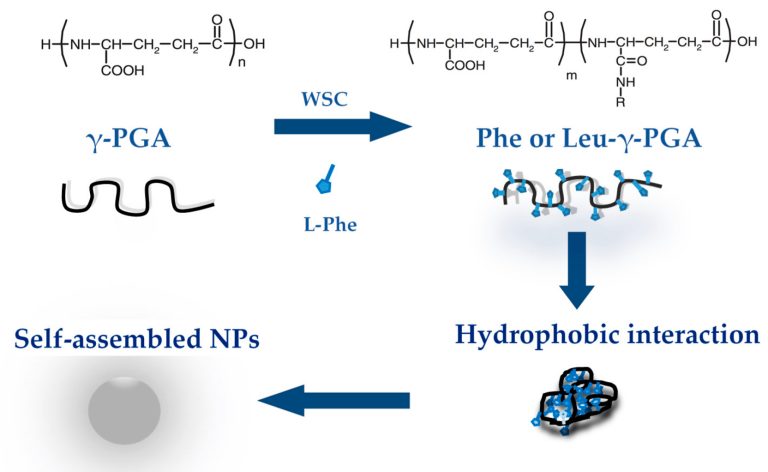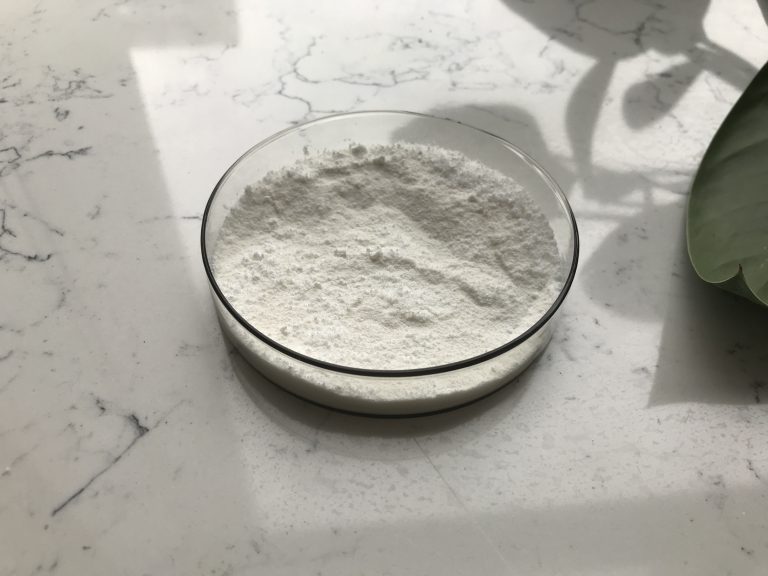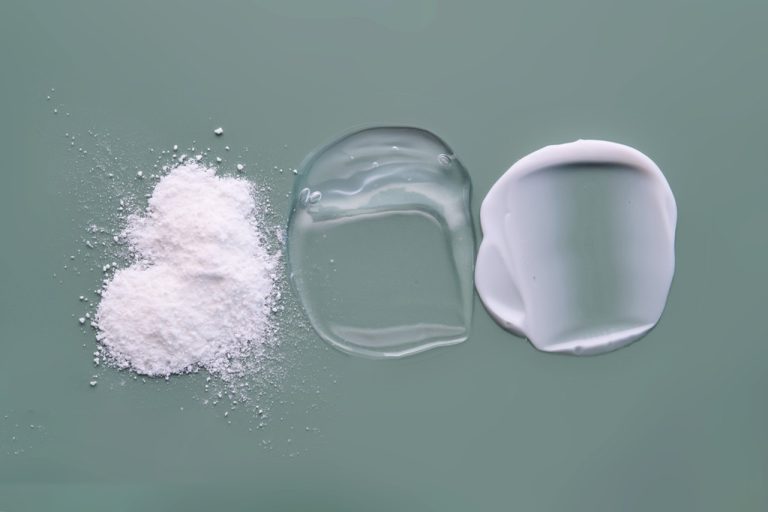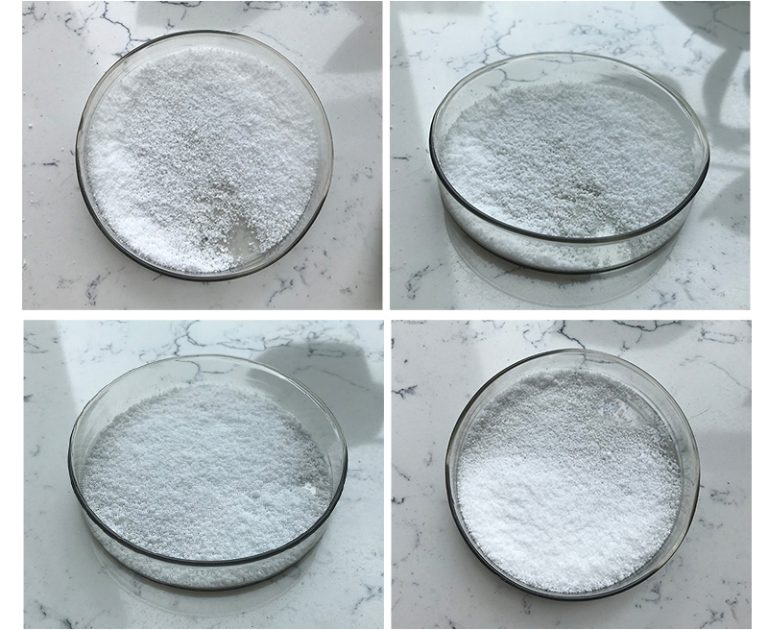
Origin, Properties and Introduction of Polyglutamic Acid
Origin of Polyglutamic Acid (PGA) Polyglutamic Acid (PGA) is a biopolymer composed of glutamic acid residues linked by amide bonds. Glutamic acid is an amino acid that occurs naturally in many proteins and is widely distributed in both plants and…


